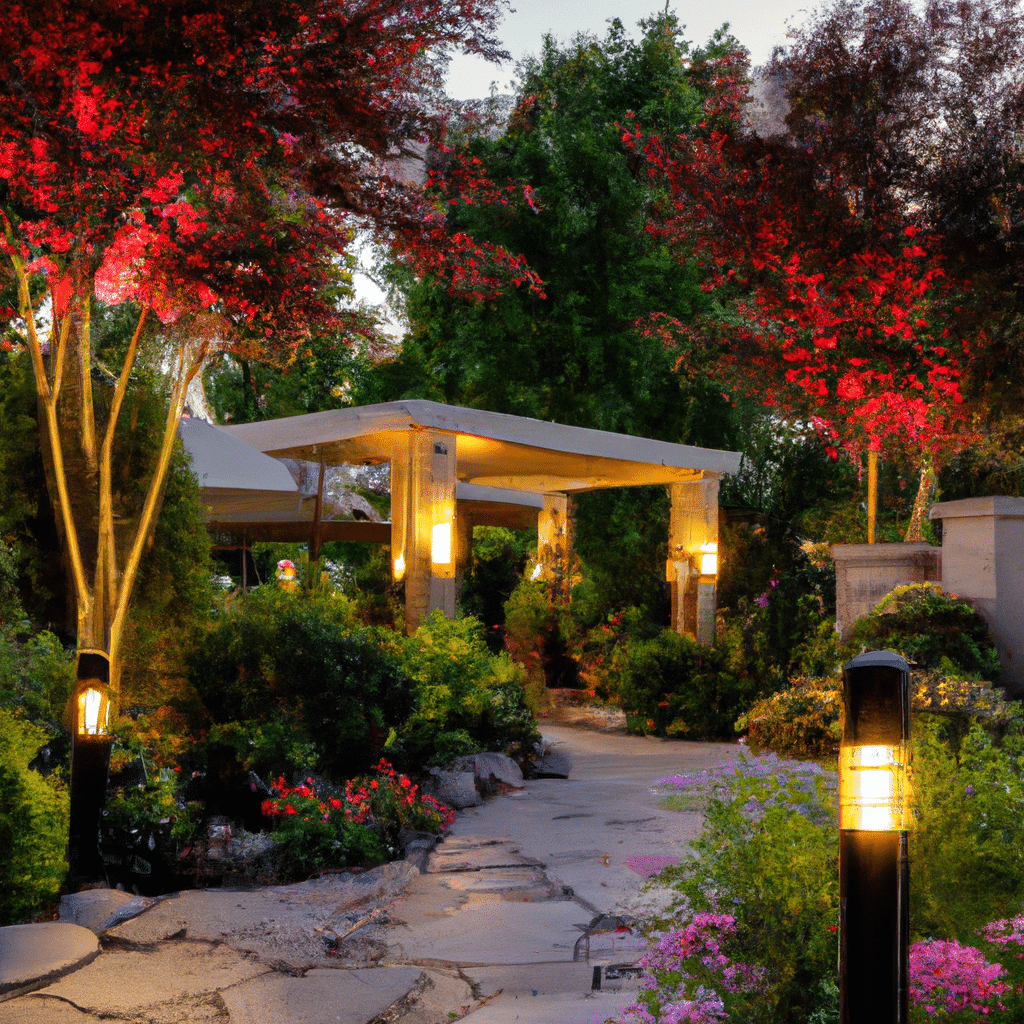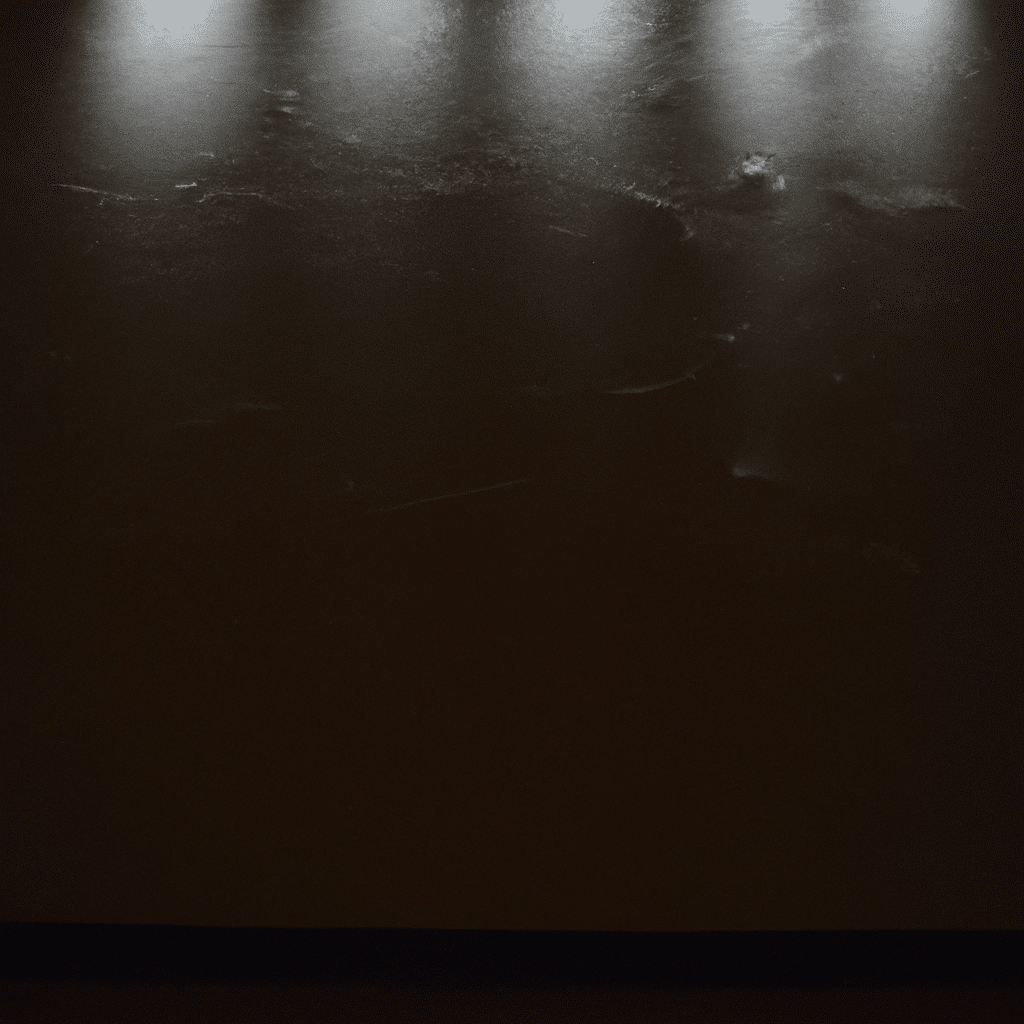Welcome to our ultimate guide on choosing LED light strips to enhance your home décor. With their versatility, energy-efficiency, and customizable features, LED light strips have become an increasingly popular choice among homeowners looking to add a touch of elegance and ambiance to their living spaces. In this comprehensive guide, we will explore everything you need to know about LED light strips, from their various types and applications to installation tips and creative ideas to inspire your home transformation.
The Benefits of LED Light Strips
LED light strips offer numerous advantages over traditional lighting options, making them an ideal choice for both functional and decorative purposes. Here are some key benefits of using LED light strips in your home:
1. Energy Efficiency
LEDs are highly energy-efficient, consuming significantly less power compared to traditional incandescent or fluorescent bulbs. This not only helps reduce your energy bills but also contributes to a greener and more sustainable environment.
2. Long Lifespan
LED light strips have an impressive lifespan, lasting up to 50,000 hours or more. This means you won’t have to worry about frequent replacements, saving you both time and money in the long run.
3. Flexibility and Versatility
LED light strips come in various lengths and can be easily cut to fit any space, making them highly flexible and versatile. Whether you want to highlight architectural features, create accent lighting, or even illuminate outdoor areas, LED light strips can be effortlessly adapted to suit your specific needs.
4. Customizable Lighting Effects
One of the standout features of LED light strips is their ability to produce a wide range of colors and lighting effects. With RGB (Red, Green, Blue) LED strips, you can create a captivating ambiance by adjusting the color, brightness, and even adding dynamic effects like fading or strobing. This allows you to set the perfect mood for any occasion or match your lighting with your existing home décor.
Types of LED Light Strips
When it comes to LED light strips, there are several types available, each offering unique features and applications. Understanding the differences between these types will help you make an informed decision based on your specific lighting requirements. Here are the most common types of LED light strips:
1. Monochrome LED Light Strips
Monochrome LED light strips, also known as single-color or single-channel LED strips, emit light in a single color, typically white or warm white. These strips are perfect for functional lighting purposes, such as under-cabinet lighting in the kitchen or task lighting in a workspace.
2. RGB LED Light Strips
RGB LED light strips are capable of producing a wide spectrum of colors by combining red, green, and blue LEDs. These strips often come with a remote control or smartphone app that allows you to adjust the color, brightness, and lighting effects at your convenience. RGB LED light strips are popular for creating vibrant accent lighting in entertainment areas, bedrooms, or even outdoor spaces.
3. RGBW LED Light Strips
RGBW LED light strips take the capabilities of RGB strips one step further by adding an additional white LED channel. This enables you to achieve both vibrant colors and pure white light, providing greater flexibility in creating different lighting atmospheres.
4. Tunable White LED Light Strips
Tunable white LED light strips offer the ability to adjust the color temperature of the light emitted, ranging from warm white to cool white. This feature is particularly useful for spaces where you require different lighting intensities, such as kitchens, bathrooms, or living rooms.
5. Smart LED Light Strips
Smart LED light strips are revolutionizing home lighting with their connectivity options and advanced features. These strips can be controlled remotely through smartphone apps or integrated with voice assistants like Amazon Alexa or Google Assistant. With smart LED light strips, you can easily automate your lighting, create schedules, and even sync them with other smart devices in your home.
Factors to Consider When Choosing LED Light Strips
Now that you are familiar with the different types of LED light strips available, let’s delve into the essential factors to consider when selecting the right LED light strips for your home décor transformation:
1. Brightness and Lumen Output
The brightness of LED light strips is measured in lumens. Consider the desired level of illumination required for your space. If you need task lighting, opt for higher lumen output, while lower lumen output works well for accent or mood lighting.
2. Color Temperature
Color temperature refers to the perceived warmth or coolness of the light emitted by the LED strip. Decide whether you want warm white, cool white, or a combination of both to suit the ambiance you wish to create.
3. IP Rating
If you plan to install LED light strips in outdoor or potentially wet areas like bathrooms, check for the Ingress Protection (IP) rating. This rating indicates the strip’s resistance to dust and water. Higher IP ratings provide better protection against moisture.
4. Length and Cut Points
Measure the length of the area where you intend to install the LED light strips. Choose a strip that can be easily cut to the desired length and ensure it comes with clear-cut points for accurate customization.
5. Installation Method
Consider the installation method that best suits your needs. LED light strips can be either self-adhesive or require mounting brackets. Self-adhesive strips offer ease of installation, while mounting brackets provide a more secure and permanent fixture.
Installation Tips for LED Light Strips
Installing LED light strips may seem daunting at first, but with the right guidance, it can be a straightforward process. Here are some useful tips to ensure a successful installation:
1. Clean and Dry the Surface
Before applying the LED light strips, make sure the surface is clean, dry, and free from any dust or debris. This will ensure proper adhesion and prevent any potential damage to the strips.
2. Plan the Layout
Plan the layout of the LED light strips beforehand to ensure you have the correct length and number of strips required. Consider any corners or bends in the installation area and purchase additional connectors or extensions if necessary.
3. Test the Strips
Before permanently installing the LED light strips, test them to ensure they are functioning correctly. This will save you the hassle of having to remove and reapply the strips if any issues arise.
4. Follow the Manufacturer’s Instructions
Always refer to the manufacturer’s instructions when installing LED light strips. They provide specific guidelines on how to handle the strips, connect multiple sections, and troubleshoot common problems.
Creative Ideas for Using LED Light Strips in Home Décor
LED light strips offer endless possibilities for transforming your home and adding a touch of elegance to various areas. Here are some creative ideas to inspire your next home décor project:
1. Under-Cabinet Lighting
Illuminate your kitchen countertops with LED light strips placed underneath the cabinets. This not only enhances visibility but also creates a beautiful ambient glow.
2. Accent Lighting for Shelves and Display Cases
Highlight your favorite books, artwork, or collectibles by installing LED light strips along the edges of shelves or inside display cases. This adds a subtle yet captivating focal point to your living spaces.
3. Outdoor Pathway Lighting
Guide your footsteps with LED light strips along your outdoor pathways or garden areas. This not only improves safety but also adds a magical touch to your landscape during nighttime.
4. Backlighting for TV or Home Theater
Enhance your movie-watching experience by backlighting your TV or home theater setup with LED light strips. This creates a cinematic atmosphere and reduces eye strain.
5. Staircase Lighting
Install LED light strips along the edges of your staircase to create an enchanting and safe passage between floors. This adds a modern and sophisticated touch to your home’s interior design.
Conclusion
LED light strips are a versatile and stylish lighting solution that can transform your home décor. From their energy efficiency and customizable features to their wide range of applications, LED light strips provide endless opportunities to enhance the ambiance and functionality of your living spaces. By considering factors such as brightness, color temperature, and installation method, you can select the perfect LED light strips to suit your specific needs. With careful planning and creative ideas, you can create a stunning home décor transformation that will leave a lasting impression on all who enter your space. So, go ahead and embark on your LED light strip journey to illuminate your home with style, elegance, and a touch of magic.



